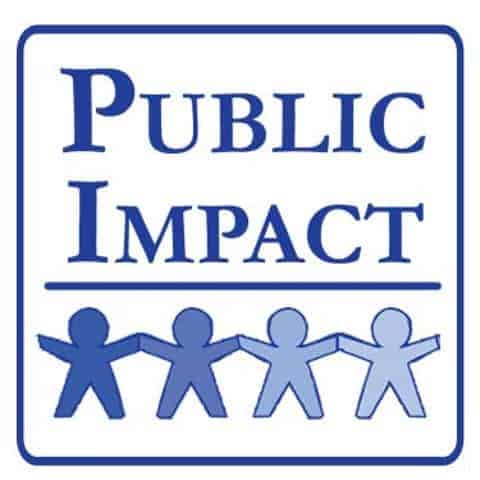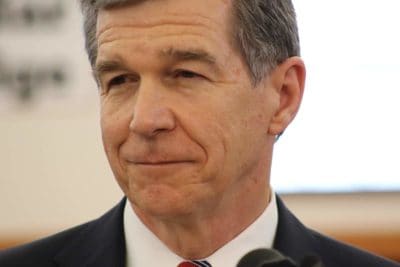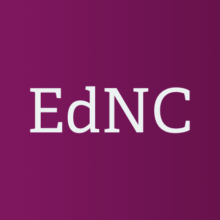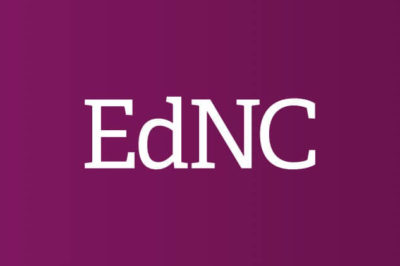
The following is a press release from Public Impact
Noting the ongoing, innovative work of Opportunity Culture educators who had little time to prepare for COVID-19 at-home teaching and learning, Public Impact, which created and leads the national Opportunity Culture initiative, has released the annual updates to its Opportunity Culture dashboard. The results show that Multi-Classroom Leadership continues to expand, Opportunity Culture grows 50 percent annually, on average, and well-paid multi-classroom leaders are empowered to help a wide range of teachers produce higher-growth learning.
The national Opportunity Culture initiative—currently composed of 90 percent Title I-eligible schools—extends the reach of excellent teachers and their teams to more students, for more pay, within schools’ recurring budgets. Multi-Classroom Leadership is the foundation of an Opportunity Culture. Each school’s design and implementation team, which includes teachers, determines how to use Multi-Classroom Leadership and other roles to reach more of their students with high-standards, personalized instruction—one hallmark of great teachers.
Multi-classroom leaders (MCLs) are teachers with a record of strong student learning growth who lead a small teaching team, ensuring strong lessons and teaching methods through frequent, on-the-job development, while continuing to teach part of the time in various ways. MCLs typically lead the introduction of more effective curricula, instructional methods, classroom management and schoolwide culture-building. School teams redesign schedules to provide additional school-day time for MCLs’ teams to plan and collaborate.
Accountable for the learning of all students in the team, MCLs earn substantially higher supplements within the regular school budget. The school design teams reallocate school budgets to fund pay supplements for MCLs and other roles permanently, in contrast to temporarily grant-funded programs.
Highlights from the dashboard include:
- Schools: 207 schools are now implementing Opportunity Culture, up from seven schools when the initiative began in 2013–14; 92 more schools have begun planning for implementation in 2020–21. States and districts have committed to launch Opportunity Culture in 64 other schools in the next few years. Schools, cities and states continue to join.
- Sites: Ten states now have a total of 37 Opportunity Culture sites, with a mix of urban, suburban and rural schools.
- Students—More than 67,000 students were reached in 2019–20 by one or more Opportunity Culture teachers. Nothing matters more for students than getting excellent teaching consistently: Excellent teachers help students learn more, and when they serve as multi-classroom leaders, they help other teachers produce higher-growth student learning, too. Research also says that teachers producing high growth develop students’ higher-order thinking skills.
- Teaching Roles—2019–20 saw 700 teachers in advanced roles and 1,968 teachers receiving on-the-job development on teacher-led teams. Advanced Opportunity Culture roles are reserved for teachers with a track record of high-growth student learning. Team teacher roles are held by teachers with a typical range of prior effectiveness. Before 2017–18, schools designing Opportunity Culture used a variety of roles to extend teachers’ reach. All schools designing Opportunity Culture implementation plans since 2018 use Multi-Classroom Leadership, embedding other roles within multi-classroom leaders’ small teams.
- Teachers—In anonymous surveys conducted in spring 2019, 99 percent of multi-classroom leaders and 88 percent of all those in Opportunity Culture roles said they want Opportunity Culture to continue in their schools. See the dashboard for more educator perceptions.
- Pay—$5.9 million was reallocated to higher teacher pay in 2019–20; $20.6 million has been reallocated to higher pay since Opportunity Culture began in 2013. Pay supplements for MCLs went as high as $20,000, with an average of $11,492, or 21 percent of the average teacher salary in Opportunity Culture states. Opportunity Culture supplements for all teachers ranged from $1,000 to $20,000. School design teams that include teachers make budget reallocation decisions.
- Student Results—A 2018 study from the American Institutes of Research and the Brookings Institution showed that students in classrooms of team teachers led by MCLs showed sizeable academic gains. The team teachers in the study were, on average, at the 50th percentile in the student learning gains they produced before joining a team led by an MCL. After joining the teams, they produced learning gains equivalent to those of teachers in the top quartile in math and nearly that in reading. Public Impact’s latest analysis indicates that high-growth student learning schoolwide goes up with each year of implementation, on average, when excellent teachers reach a higher percentage of students each year. By the fourth year, nearly 75 percent of students are reached by teachers who have a record of prior high student learning growth, on average, and the percentage of schools making schoolwide high growth is 50 percent higher than for schools without Opportunity Culture. If schools let reach decline after that (for example, after principal turnover), they may lose gains in schoolwide growth.
Public Impact continually analyzes the dashboard to improve materials and its work with Opportunity Culture schools and districts. Public Impact’s goals include reaching all students with high-growth learning, reaching 50 percent more schools on average with Opportunity Culture roles each year, and making changes that educators love due to the increased opportunities and support they receive.
“Opportunity Culture continues to grow and thrive, making clear differences in the lives of many more students and teachers. Public Impact applauds schools and districts for having strong teaching teams and leaders who are guiding the transition to at-home learning,” said Lucy Steiner, senior vice president for educator excellence and implementation services.
###
About Public Impact
Public Impact’s mission is to improve education dramatically for all students, especially low-income students, students of color, and other students whose needs historically have not been well met. We are a team of professionals from many backgrounds, including former teachers and principals. We are researchers, thought leaders, tool-builders, and on-the-ground consultants who work with leading education reformers.
Learn more about an Opportunity Culture on the OpportunityCulture.org website, which provides free Opportunity Culture tools, educator videos and columns, and instructional leadership and excellence resources. Funding for development of resources to help schools design and implement Opportunity Culture models and support teachers taking on new roles has been provided by national foundations.
For more information, please visit https://www.opportunityculture.org/. To arrange an interview with Public Impact, contact Sharon Kebschull Barrett at Sharon.Barrett@publicimpact.com; 919.590.4154.
Recommended reading



